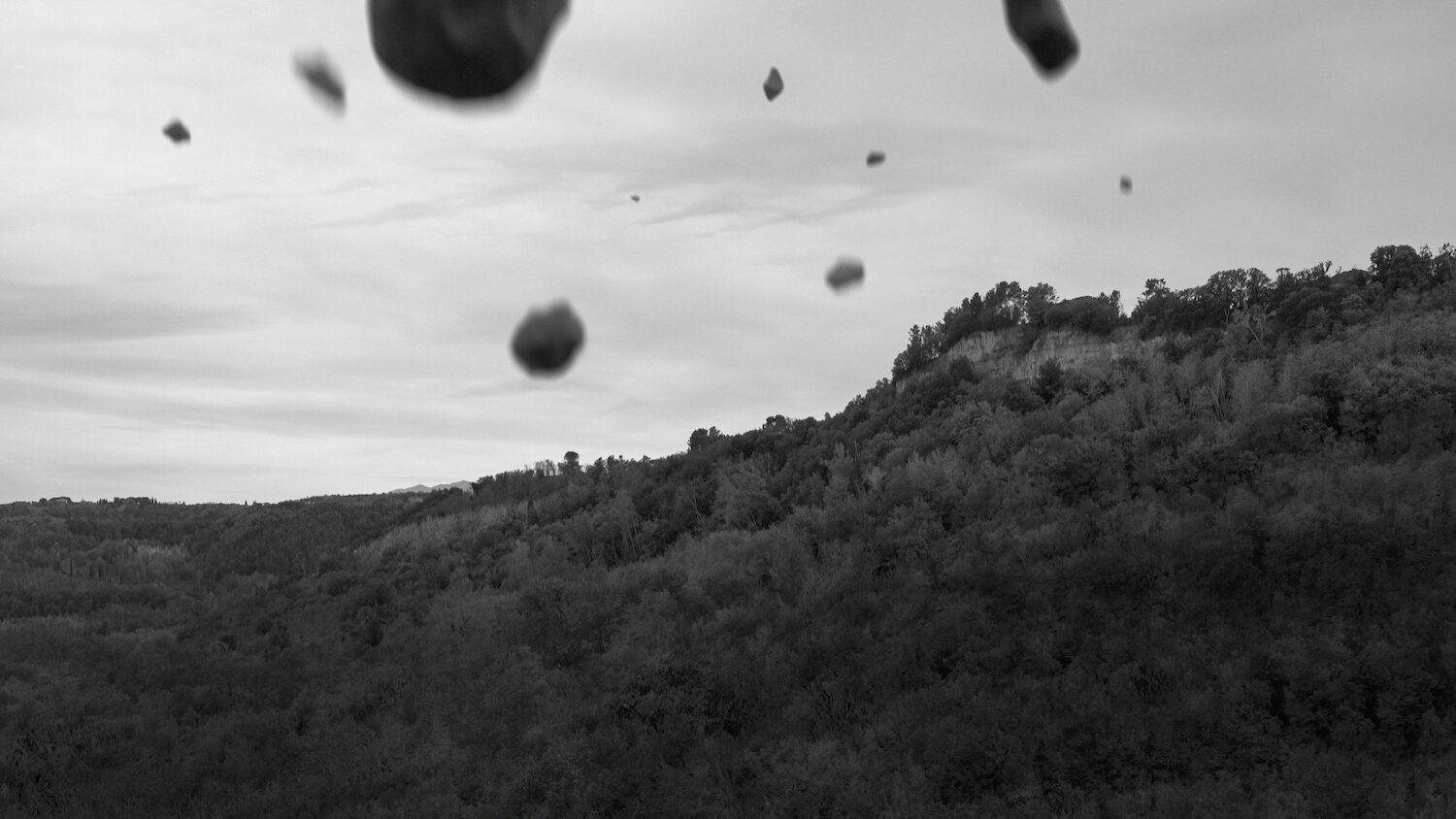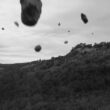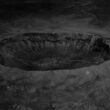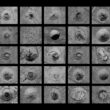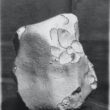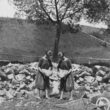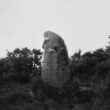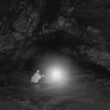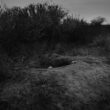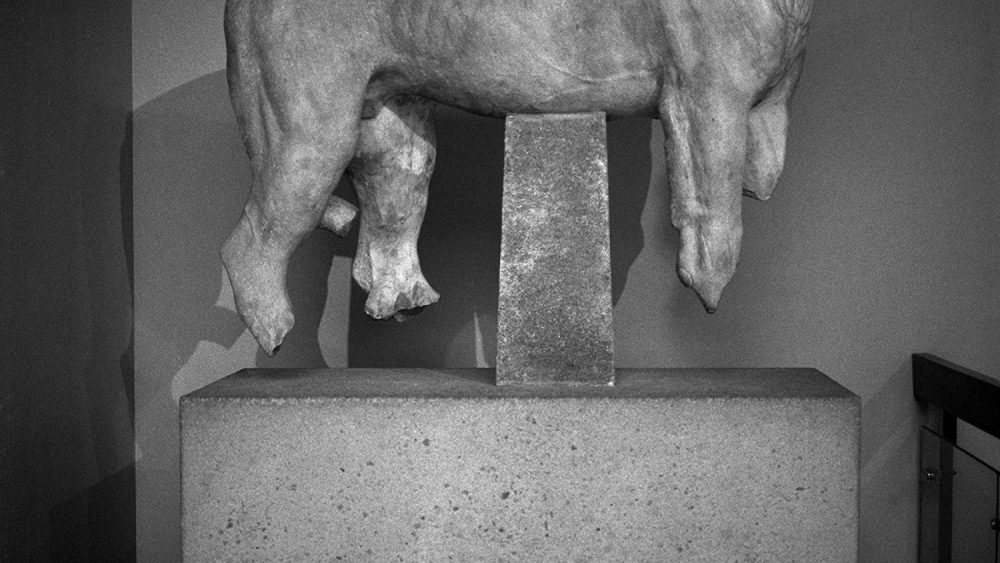I saw a tree bearing stones in the place of apples and pears
In the Catholic church there are three classes of relics.
The first class is body parts of a saint.
The second class is things that belonged to a saint, objects they have used and surrounded themselves with.
The third class relic is the object that touched the body of a saint.
To create the third class relics, the small holes are drilled in the tombs of saints. The objects are lowered through the holes, and once they touch the corpse they are no longer everyday and mundane – they now become sacred
(adapted from Sarah Sentilles draw your weapons)
I carefully read countless myths and tales of meteorites from around the globe, many so ancient that their origins are lost to time. Some of them recount how cosmic rocks were sent by angered gods or Satan, while others describe them being chained to the ground, to prevent their return to the heavens. I read of a meteorite that was ground into powder and consumed by those who witnessed its fall, believed to be a divine medicine sent from above. In many communities, these celestial stones became central figures, revered as sites of worship, grief, and sacrifice.
Despite these countless stories and myths surrounding meteorites, modern Western science only acknowledged them as a scientific fact in the late 18th century, dismissing centuries of the countless reports as fictional fables, often created by the people like my ancestors – peasants, working long hours under the bare skies.
Meteorites bridge the vastness of outer space and the familiarity of Earthly landscapes, challenging the binary divide between the ordinary and the sacred, the mythical and the true.
I saw a tree bearing stones in the place of apples and pears explores the rock as a carrier of stories: a migratory body, a silent visitor filled with human projections and dreams. It questions who has been allowed to claim truths and who has been relegated to the realm of tales. It is a story on how some truths can only live subversively, woven into myths and tales, hidden from dominant narratives.
This is a fantasy in which a cosmic rock, long seen as mute and voiceless, reclaims its voice to tell thousands of stories, asserting its place within history and imagination, challenging a simplistic and binary definition of representations of truth.
Emilia Martin (1991) is a Polish artist and photographer based in The Hague, Netherlands. Working with images, writing, and sound, her practice explores how the stories and myths shape the realities and systems we create and inhabit. Rooted in the belief of the power of storytelling informed by her ancestral roots, she investigates rituals and mythologies, examining how they shift and carry histories. Through her work, she aims to complicate binary understandings of fiction and truth and their established aesthetics.
